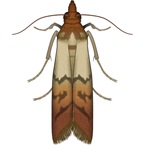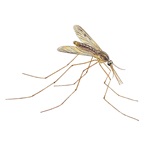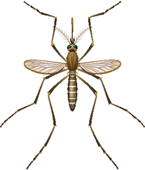Species category: Flying pest
Scientific Name: Culicidae larvae
Description
Commonly referred to as “wigglers” or “wrigglers” as a result of how they move around, mosquito larva sheds its skin 4 times (called instars). At the 4th stage, or instar, the larva measures approximately 10-15mm in length. After this stage it then becomes a ‘pupa’.
Behaviour
Larvae feed on organic material and a selection of aquatic organisms.
Region
Found throughout Singapore.
Habitat
Females of most mosquito species look for pools of stagnant water, ponds or any receptacle that holds water to lay eggs. Eggs are laid individually (Aedes & Anopheles spp.) or stuck together (Culex spp.) in rafts on or near the water’s edge as larvae development needs oxygen from the atmosphere.
Some larvae have a specific body part developed for breathing at the water’s edge, others remain submerged.
Risks
Larvae do not pose any serious risk at this stage, and this is the most vulnerable stage in a mosquito’s life cycle so control at this level is crucial to prevent it from developing into adults. Some research papers proved that the ability of Dengue virus to spread to eggs from adults (transovarian) makes it more crucial to control them at this stage.




